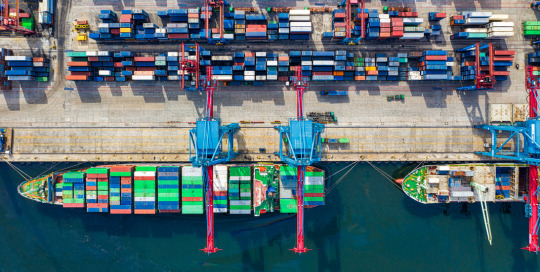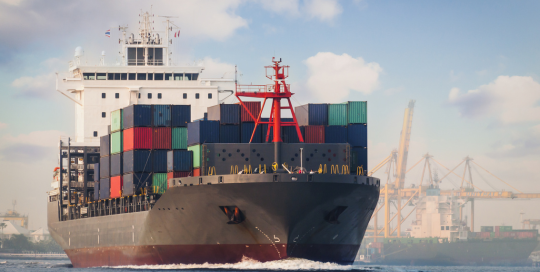This week, US businesses in Asia navigate geopolitical and supply chain challenges, while Mexico’s nearshoring surge draws production closer to the US. Accusations against ZPMC for espionage in US ports spotlight Chinese infrastructure influence. The potential International Longshoremen’s Association strike prompts cargo shifts from East to West Coast ports, underscoring the sector’s vulnerability to labor disputes, geopolitical tensions, and environmental factors. Read the full articles below for insights into these significant developments.
Weekly Freight Report: March 15, 2024
March 15th, 2024

Two Canals, Two Big Problems—One Global Shipping Mess
Drought-induced reductions in Panama Canal crossings and security concerns in the Suez Canal are significantly delaying global shipping, leading to longer waits and increased costs.

Strikes at East Coast Gulf Ports Are a Big Labor Risk
Amid ongoing global trade uncertainties, the potential strike by the International Longshoremen’s Association is heightening concerns in the logistics sector, leading to a shift in cargo from East to West Coast ports as shippers seek to avoid potential disruptions from labor talks and external factors like Panama Canal drought restrictions and Red Sea diversions.

Risks for US Businesses in Emerging Asian Markets in 2024
US businesses in key emerging Asian markets in 2024 are set to be impacted by multiple geopolitical risks, ongoing supply chain shifts, and local elections.

Nearshoring Boom Brings More Production Closer to US
Mexico’s record $36 billion in foreign direct investment last year, driven by a nearshoring boom, is reshaping supply chains, making them closer, cheaper, and more favorable for U.S. business, with significant growth in manufacturing and logistics infrastructure to support this trend.

Is China Spying On American Ports?
ZPMC is accused of installing secret communications devices in ship-to-shore gantry cranes destined for the U.S., raising espionage and sabotage concerns, amidst broader issues of Chinese influence in global infrastructure through subsidized pricing and the Belt and Road Initiative.




